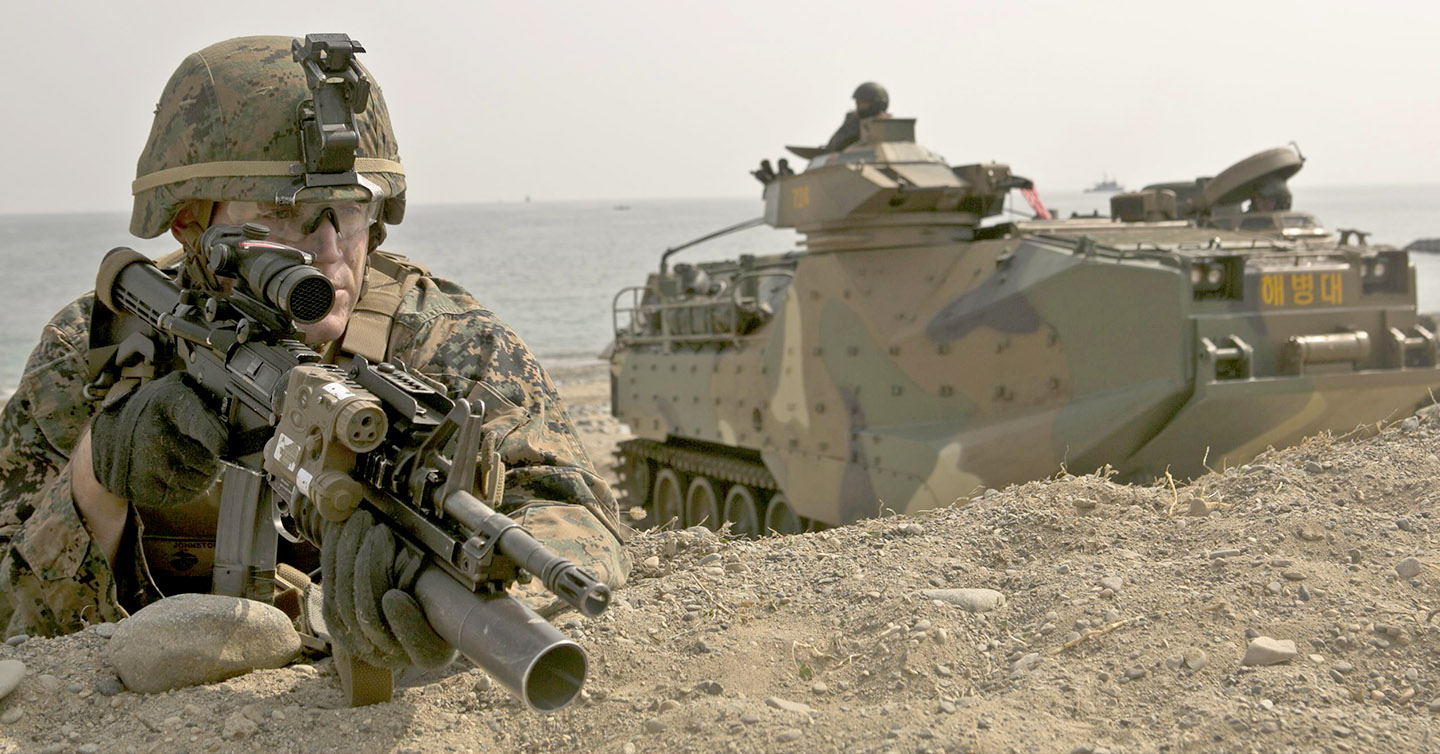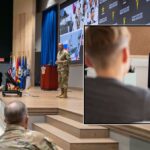
We have to become accustomed to federated approaches to security … as opposed to multilateral alliance approaches
This episode is another in a series of releases on the Emerging Environment in the Indo-Pacific Region, produced in collaboration with the United States Military Academy at West Point’s Department of Social Sciences as part of the 2019 Senior Conference.
Can the U.S. count on having a persistent competitive advantage in the Indo-Pacific region? Not likely, say today’s guests who were part of a major U.S. Army War College research project on Indo-Pacific Strategy. Rather than a persistent strategy, research participants Nate Freier of the Strategic Studies Institute and War College resident student Dana Tucker suggest that the intensity of competition means that any advantage will be temporary and transient. What does that mean for U.S. strategy in the region? And, what does it mean for a free and open Indo-Pacific region? WAR ROOM Social Media Editor Buck Haberichter moderates.
Podcast: Download
Subscribe: Apple Podcasts | Spotify | Amazon Music | Android | Pandora | iHeartRadio | Blubrry | Podchaser | Podcast Index | TuneIn | Deezer | Youtube Music | RSS | Subscribe to A Better Peace: The War Room Podcast
Nathan Freier is a Researcher at the the U.S. Army War College’s Strategic Studies Institute.. Dana Tucker is a lieutenant colonel in the U.S. Army and a student of the U.S. Army War College resident class of 2019. Buck Haberichter is the WAR ROOM Social Media Editor. The views expressed in this presentation are those of the speakers and do not necessarily reflect those of the U.S. Army War College, U.S. Army, or Department of Defense.
Photo: U.S. Marine Cops Cpl. Gary Johnston provides security during a beach landing exercise with Republic of Korea (ROK) Marines in the vicinity of Pohang, South Korea in 2015 as part of the Korean Marine Exchange Program 15. The program enhances amphibious operations between ROK and U.S. forces that contributes to security and stability on the Korean Peninsula as well as the entire Asia-Pacific region.
Photo Credit: U.S. Marine Corps photo by Lance Cpl. Brian Bekkala
Other releases in the Indo-Pacific Region Series:
- “FICINT”: ENVISIONING FUTURE WAR THROUGH FICTION & INTELLIGENCE
(INDO-PACIFIC SERIES) - HOW COMPETITORS USE TECHNOLOGY TO SHAPE THE ENVIRONMENT (INDO-PACIFIC SERIES)
- REBRANDING THE REBALANCE: ASSESSING U.S. INDO-PACIFIC STRATEGY (INDO-PACIFIC SERIES)
- HYPERCOMPETITION AND TRANSIENT ADVANTAGE (INDO-PACIFIC SERIES)
- SECURITY IN THE INDO-PACIFIC REGION: THE VIEW FROM TOKYO (INDO-PACIFIC SERIES)
- THE MEANING OF ‘PARTNERSHIP’ IN THE INDO-PACIFIC (INDO-PACIFIC SERIES)
- DEMOGRAPHICS, AGING, AND SECURITY IN THE INDO-PACIFIC (INDO-PACIFIC SERIES)




